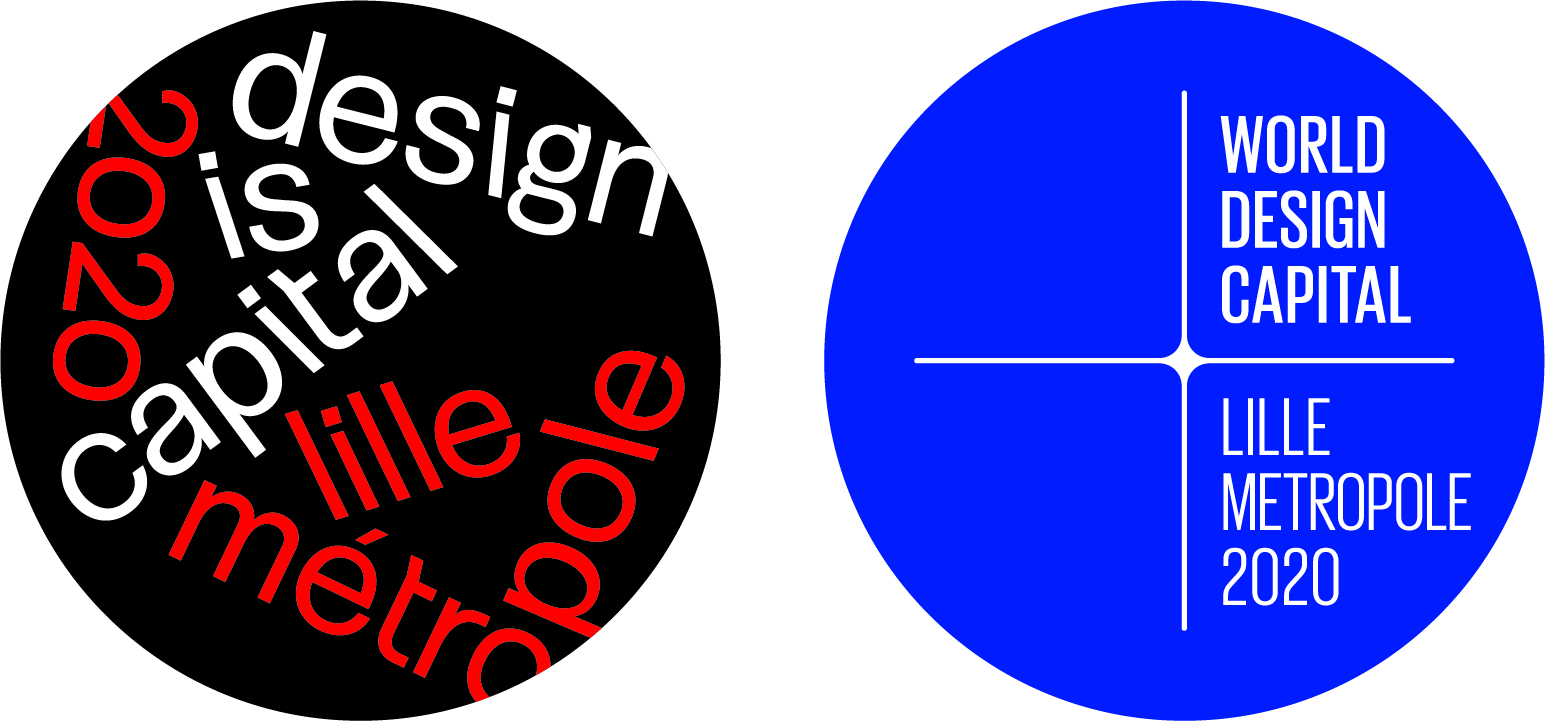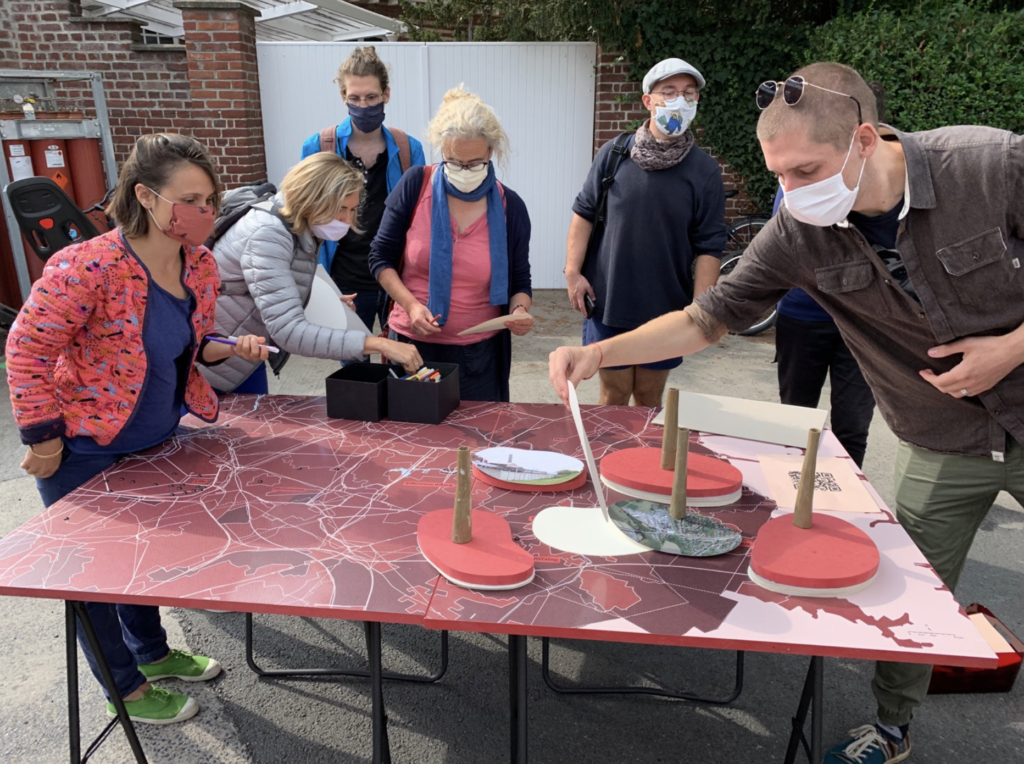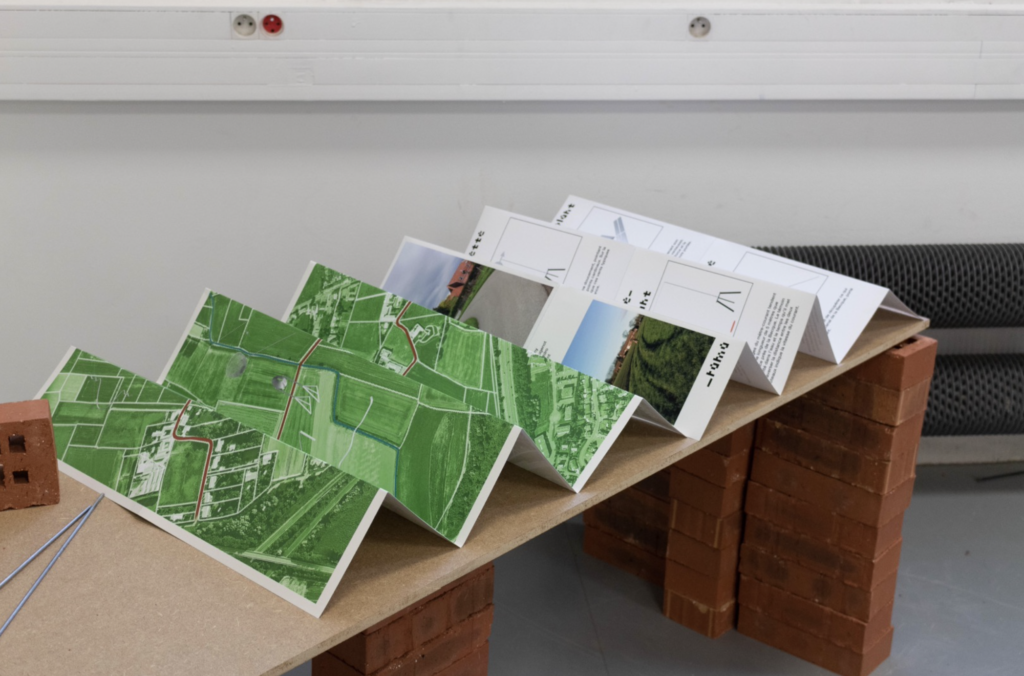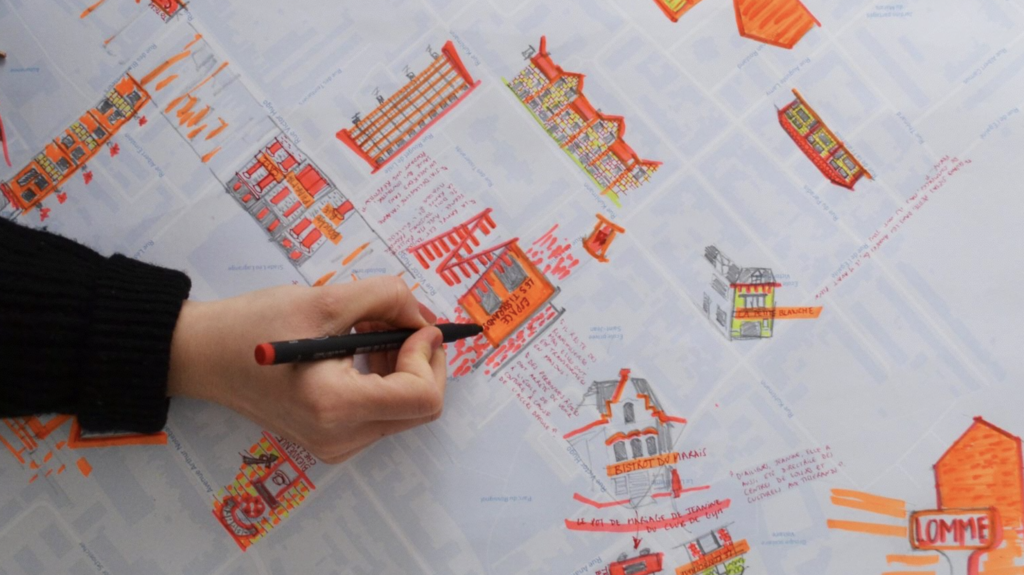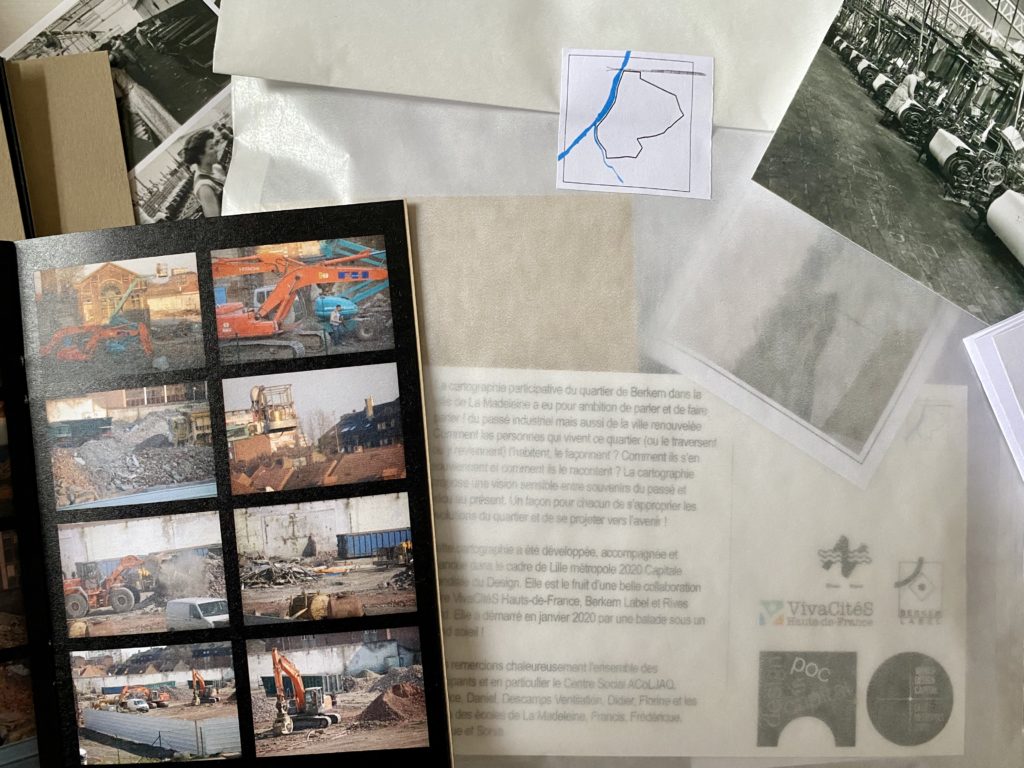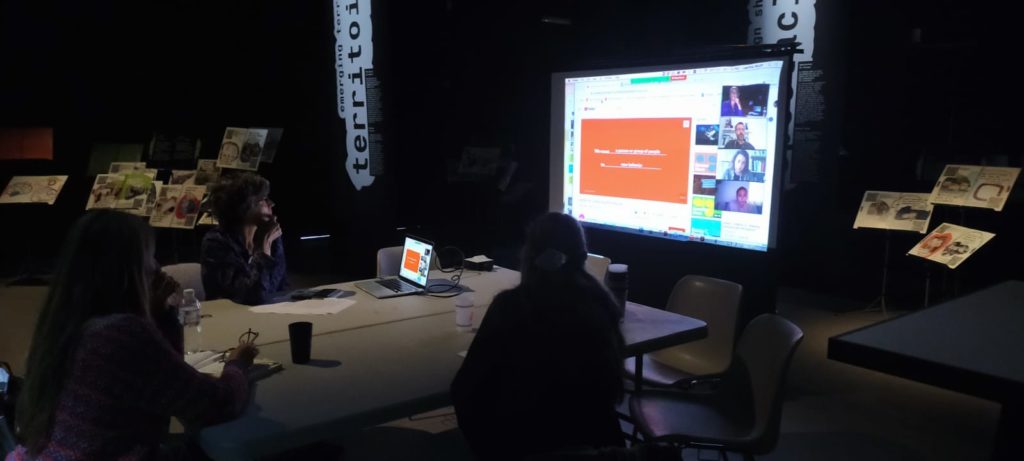Workshop “around the table”:
Design – participation, power and privilege
François Jégou – September 2020
“At a time when politicians divide and rule, when social crises reveal pronounced differences, what responsibilities do designers have when facilitating the democratic participation of a neighbourhood’s inhabitants?”
This is the question Laetitia Wolff[1]raised at the opening of the first “round table” workshop entitled Design – participation, power and privilege, requiring speakers to look, within the projects presented at the Maison POC Collaborative City, for concrete recommendations on “how do we do it” as a designer faced with this responsibility.
This short article brings together the key lessons and best practices gained from these 2 hour-long exchange.
Formalise your professional ethics
George Aye, founder of Greater Good Studio in a video introduced the workshop by taking Parsons New School’s students as a witnesses: “You all have a professional ethic, but since it is not formalised, it remains unclear. We wanted to make it operational”. Aye presents his “Gut Check”or “checklist of what you have in your gut”with 20 questions you should ask yourself before saying “yes” let’s do this project or “no” let’s not.
Béatrice Auxent, representing the POC Cartographie Participative des Cheminées insists on the importance of maintaining counter-powers in a diversified professional commitment which she illustrates both by working for a territorial administration and by being president of the Berkem Label neighbourhood association which reflects citizen’s voice in front of the public authorities.
Building a shared goal
According to Béatrice Auxent, “a common interest space needs to be collectively set up at the beginning of any multi-partner project”, i.e. taking the time to discuss and establish a shared objective between stakeholders.
Georges Aye, pragmatic as he is, makes the sponsor(s) complete gaps in a sentence: WE WANT…a person/group of people…TO… new behaviour…. For example, we want children in primary schools to go into secondary school seamlessly; we want landlords and tenants to think about their long-term relationship, and so on. The collective formulation of what could be called “a project question”, as opposed to what a research question for a thesis is, ensures a form of explicit contract between stakeholders.
Working in the gaps
EDF R&D’s Design Exploration Laboratory, together with the National School of Decorative Arts, intend to explore the territory’s “cold spots”, i.e. Lille Metropolis’ forgotten places, through the POC POC Métamorphoses Silencieuses
). Anna Bernagozzi, a professor of the Decorative Arts School, insists on designing things based on the territory, on people’s needs and which aims to rebuild territories’ resilience by working at the interstices, places that offer the opportunity to reinvent themselves, abandoned and forgotten places, where there is less tension.
In echo with these words, but on a completely different scale, Béatrice Auxent, who also chairs the association VivaCité Hauts-de-France, a network of actors working towards urban environment education, holds conferences “at noon, so that people can participate without having to seek the agreement of their hierarchy”. Interstices, rather than prime-time, are conducive to restoring the ability to act.
An approach of “modesty and serendipity”
Audrey Alonso and Soumaya Nader of Poulp collective explain how, within the framework of the POC Les Tisserands, a centre for associations in Lomme, they seek to “give the power to the citizens”.”We enter the PMU. At the beginning people snub us a little, but then we start to discuss with them and it’s only later that we talk about the survey we’re doing”. Far from a representative panel, Poulprelies on a form of serendipity to gather citizen opinions.
Lille Metropolis 2020 World Design Capital’s application is similarly based on a very open call for projects — a call for POC — from which more than 600 initiatives have emerged, forming a sort of “qualitative revelation” of the territory’s emerging transformations. For us, as it is being developed in the catalogue of the Maison POC Collaborative City , this approach is part of a “Design Acupuncture”: from the meticulous analysis of all the acupuncture points of the territory, fifteen lines of force representing a more collaborative city, emerge. It is a structurally “bottom-up” approach. Caroline Naphegyi, Director of Programmes at La Capitale, speaks of a “modest” proposal to inspire mobilisation within actors, in opposition to major development programmes.
A “splintered” approach
All the POC presented in the workshop have in common the fact that they use participatory mapping approaches: the map both collects and showcases the contributions of each person. At the same time, the map puts the different contributions into perspective. It presents a practical but standardised reading.
Restoring the complex social fabric, a neighbourhood’s experience, calls for a multi-channel approach during the research “knocking on doors, meeting people in the street, mapping, introducing themselves without saying what they do and who they are, etc. Students were completely free to use any resource they wanted in order to explore the Cold Spot”, Anne Bernagozzi explains.
Dométhilde Majek, from Rives Nord, is involved in another POC of participatory mapping of the Berkem neighbourhood , showcasing the restitution of citizens’ testimonies in the shape of a collection of curiosities: a photo booklet, a postcard, a collage of children’s drawings, etc. “It’s a reconstruction in fragments”says Béatrice Auxent, the POC’s sponsor.
A 2 hour-long exchange is too short to cover completely a subject as complicated as the responsibility of design in the engagement of participatory design processes, but it has allowed us to collect a series of interesting key points: a modest approach, centred on the interstices, a diversified approach for the co-construction of the project’s meaning which honours chance, wherein what sparkles is not the shining design, but the sparkling design that reflects and reflects the world around it.
[1]Guest moderator Laetitia Wolff is a design consultant, cultural engineering strategist, curator and author with a passion for building links between design and the city. https://fr.linkedin.com/in/laetitia-wolff-31a6193
